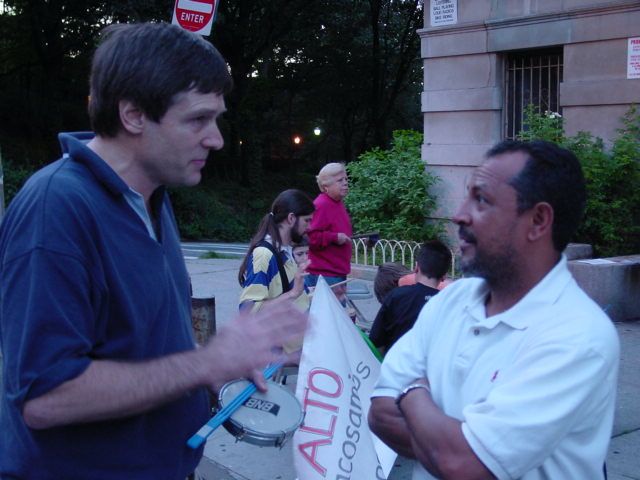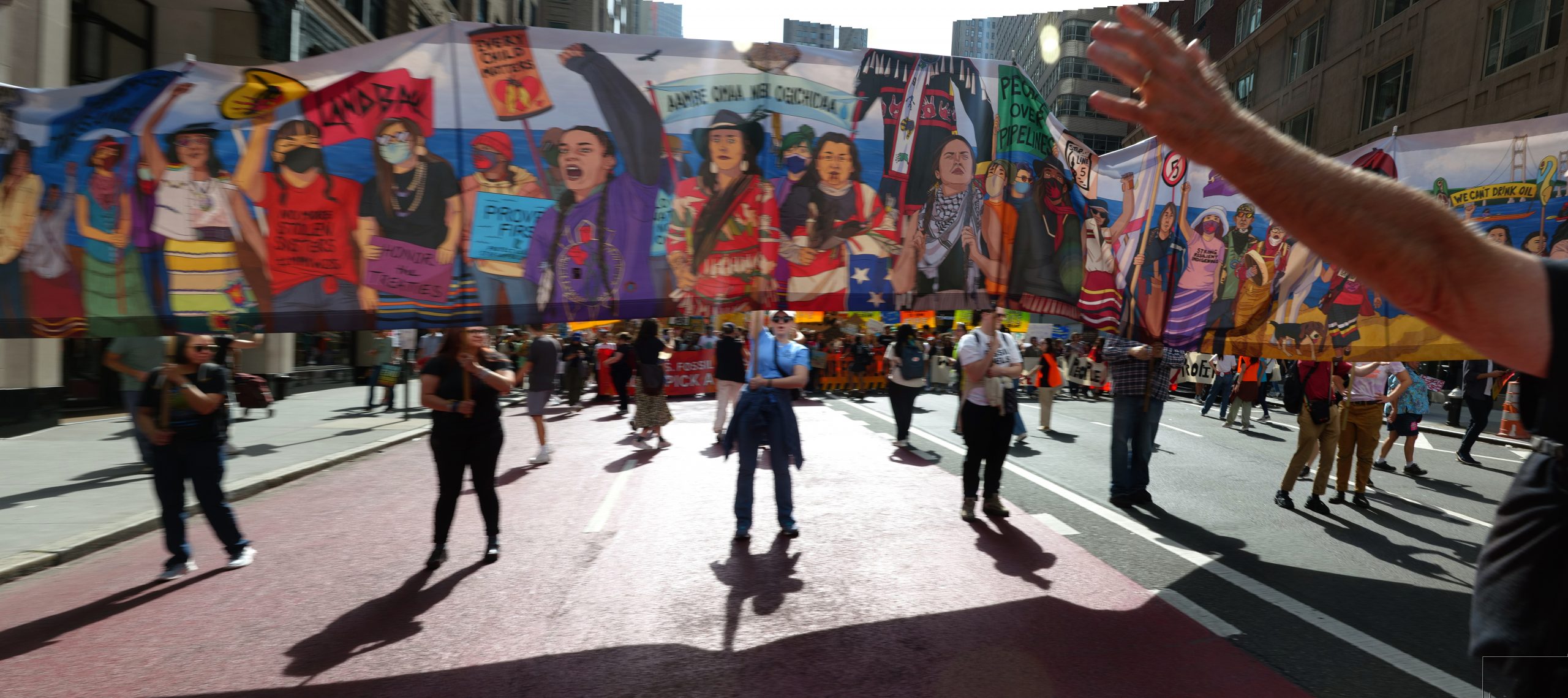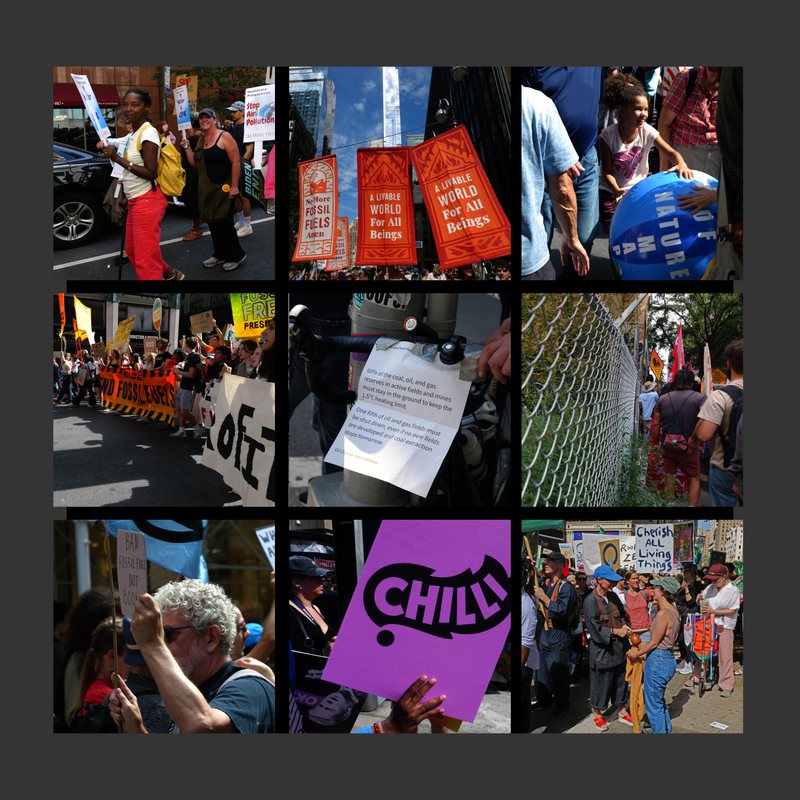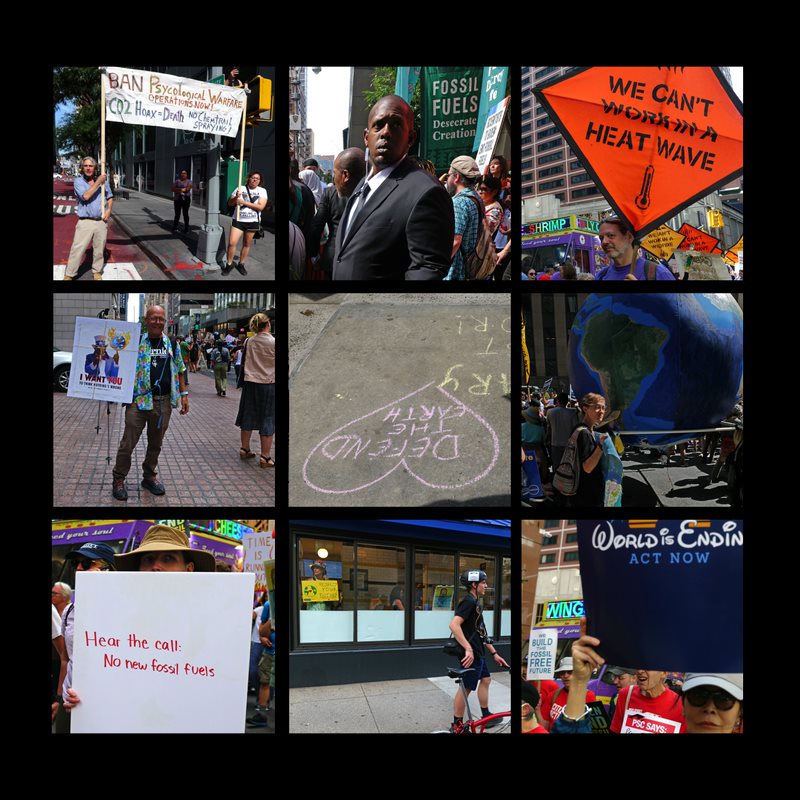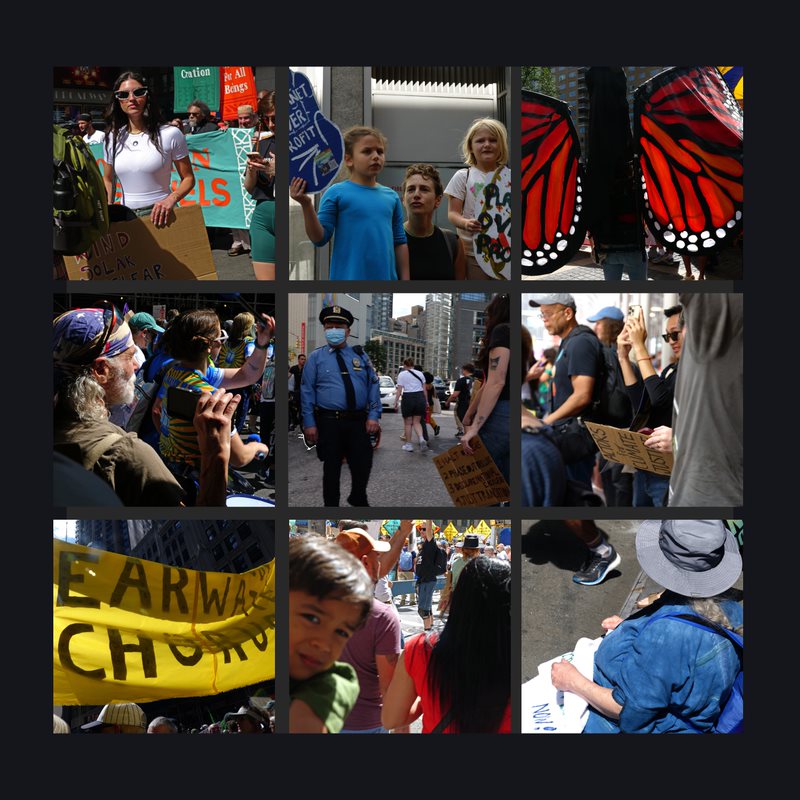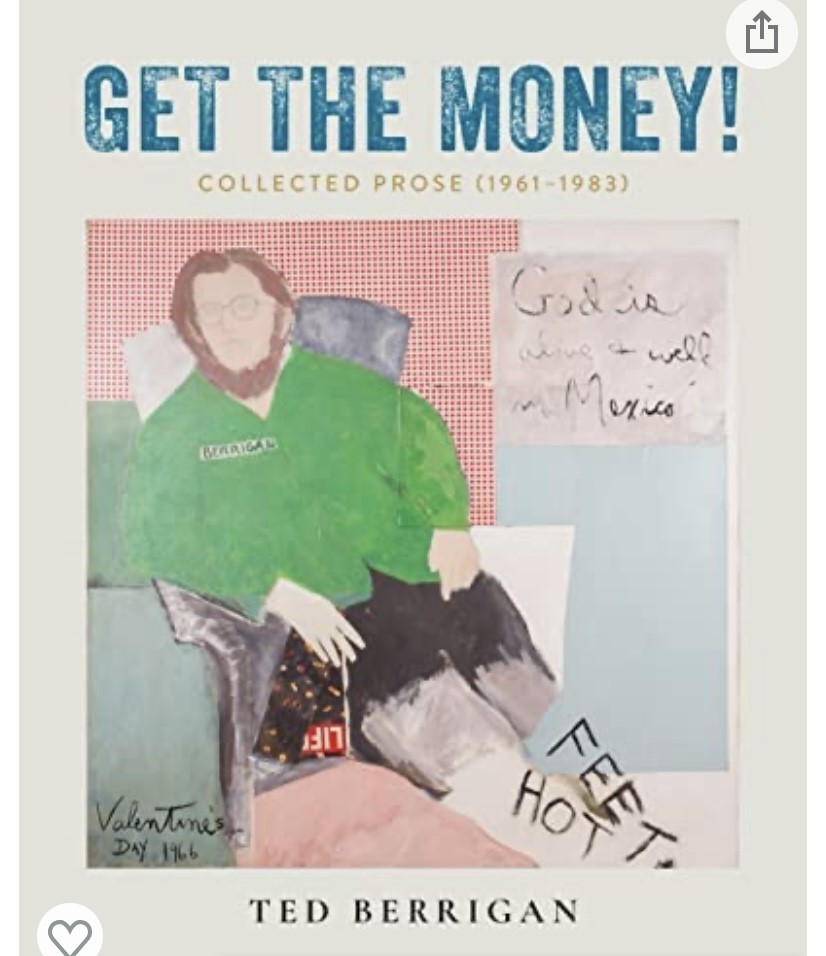Let’s take a trip back to June 16, 2015, the day that Donald Trump announced he was running for president the first time. I’m taking you back that far because I want to see if I can find something…anything…normal about it. Not normal psychologically – we all know how that search would go – but normal politically.
New York City
Heroes Are Gang Leaders
Robert’s Chametzky’s thoughts on Adorno’s famous line (here) reminded your editor that it was past time to post Baraka’s unassimilable story (first published in the 60s), which seems more punctual than ever…B.D.
My concerns are not centered on people. But in reflection, people cause the ironic tone they take. If I think through theories of government or prose, the words are sound, the feelings real, but useless unless people can carry them. Attack them, or celebrate them. Useless in the world, at least. Though to my own way of moving, it makes no ultimate difference. I’ll do pretty much what I would have done. Even though people change me: sometimes bring me out of myself, to confront them, or embrace them. I spit in a man’s face once in a bar who had just taught me something very significant about the socio-cultural structure of America, and the West. But the act of teaching is usually casual. That is, you can pick up God knows what from God knows who.
Sitting in a hospital bed on First Avenue trying to read, and being fanned by stifling breezes off the dirty river. Ford Madox Ford was telling me something, and this a formal act of· teaching. The didactic tone of No More Parades. Teaching. Telling. Pointing out. And very fine and real in its delineations, but causing finally a kind of super-sophisticated hero worship. So we move from Tarzan to Christopher Tietjens, but the concerns are still heroism.
A Great Day in West Harlem
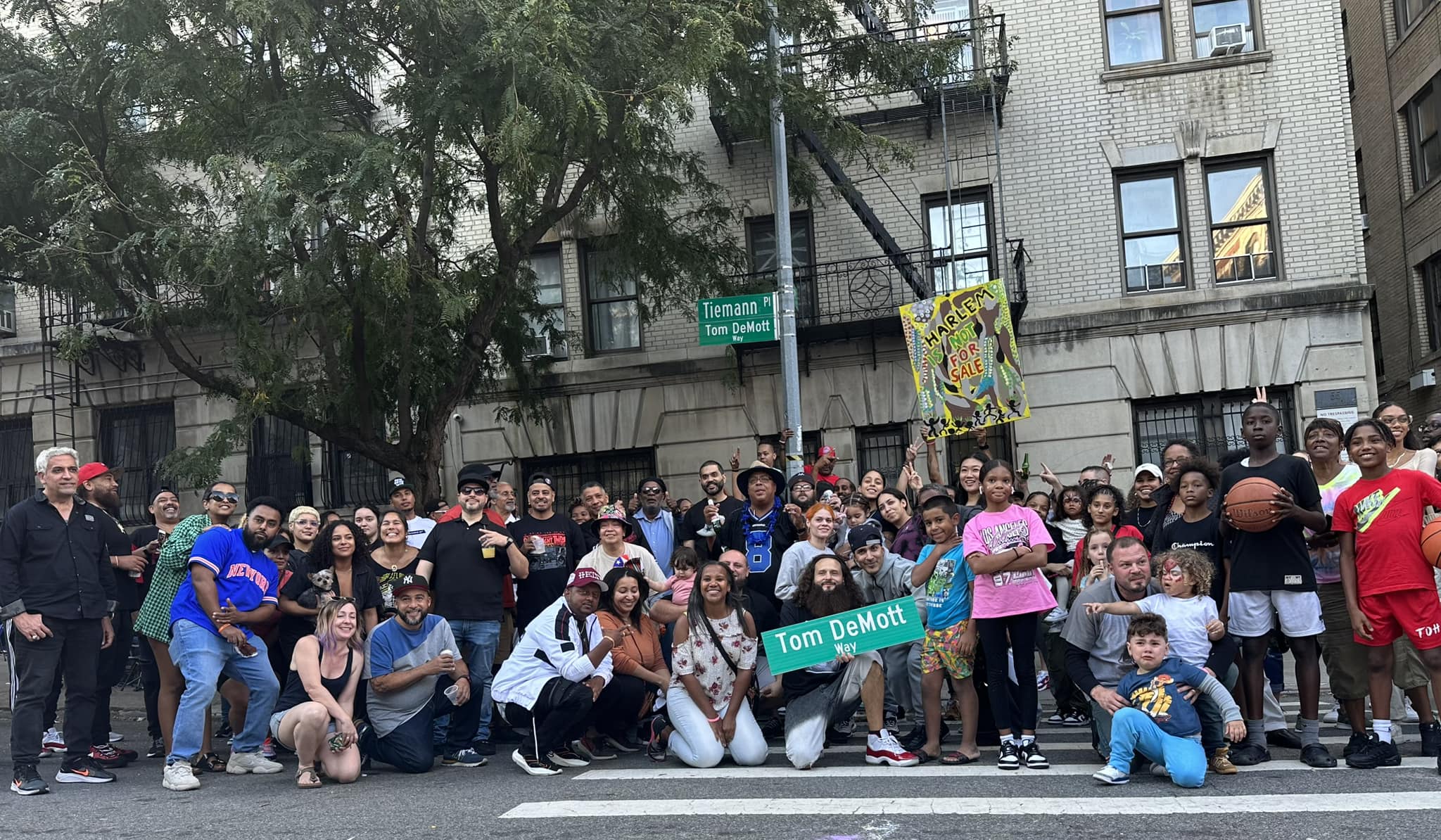
Many of you were here for this event (and many actually organized it with true Tiemann tenacity), and some weren’t here but were in the utter vanguard of this ferocious tenants’ rights organization. We and you all were saluted on Saturday, on the event of the 35th annual West Harlem Coalition Anti-Gentrification Street Festival, with the unveiling of the street sign co-naming Tiemann Place as “Tom DeMott Way”!
Fiesta
For a long time I used to get up early on the day of the Annual Anti-Gentrification Street Festival. I’d join the crew that set up traffic barricades on Claremont, Broadway and Riverside and lug tables from International House—the dorm for foreign students on Claremont—down to Tiemann Place. I’ve tended to flake off lately though. My nephew Jamie and his gen seemed to have taken on the job after my brother Tom died—retiring elders like me. Yet this September I’d been more involved in prep since we’d arranged with our Councilman’s office and the DOT to schedule the “unveiling” of an official sign co-naming Tiemann Place “Tom DeMott Way” on Festival day.
Thanks to a prompt I could not refuse from an Irishwoman, Anah Klate, on September 16th I was up and out on the street by mid-morn (as grey went blue).
Seventy-five cents okay with you?
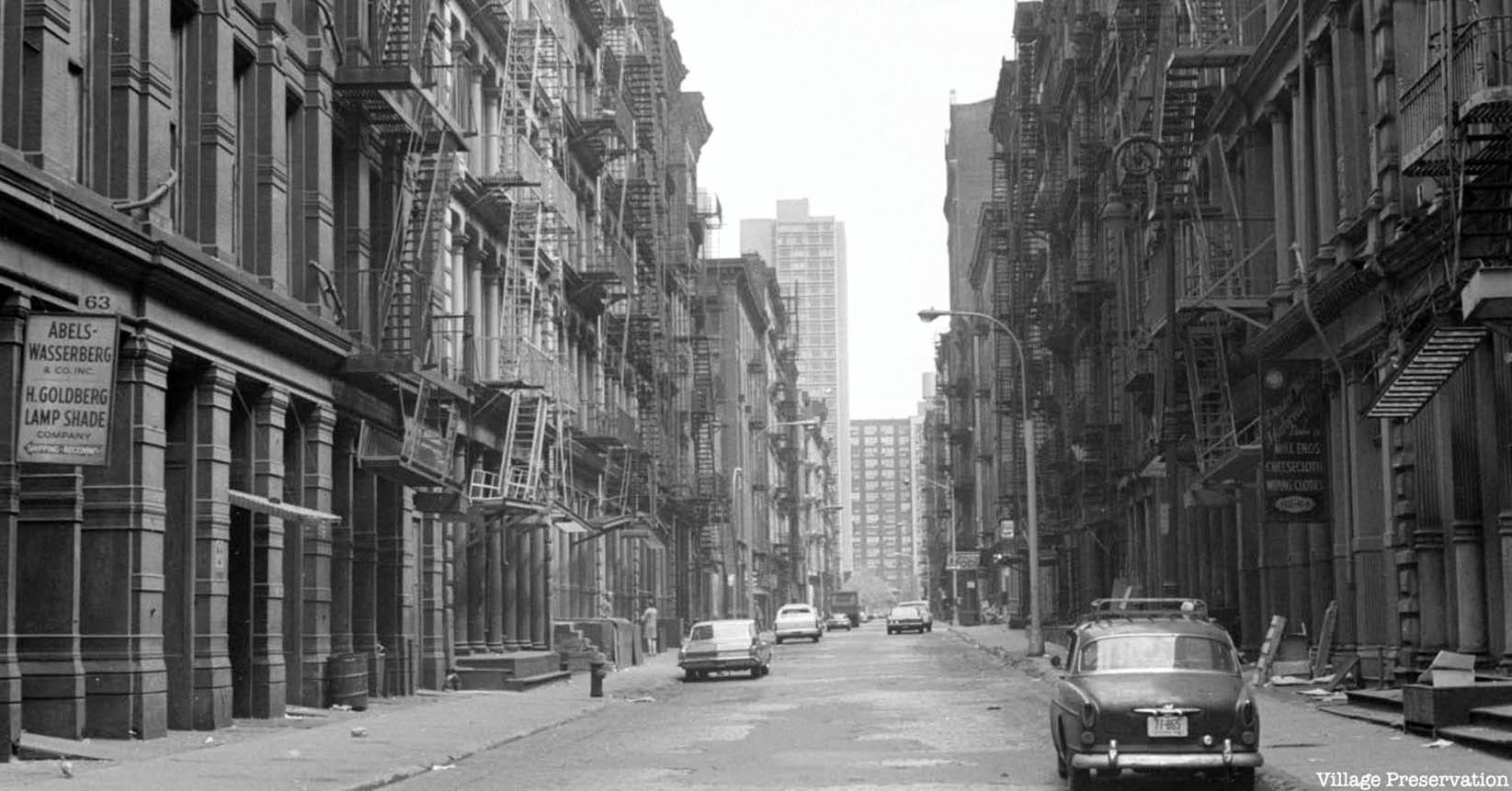 Green Street in 1969
Green Street in 1969
The first loft I lived in was on the north side of Broome Street, between Crosby and Lafayette. I sublet it for the summer of 1969 from an artist by the name of Jack Whitten.
Laughter in the Dark
My first brush with the audience for Film Forum’s Ozu retrospective was a trip. I got off on the wrong block and ran into another Ozu-er who was lost too. As we found our way around the block to the theatre, he told me he saw Tokyo Story when he was teenager, which led him (eventually) to spend decades in Japan where he got married. His Japanese wife met us at the theater.
Melancholy Serenade
I so vividly remember watching the Jackie Gleason show with my family as a kid. I always loved the finale when Gleason would do the Joe The Bartender sketch and Frank Fontaine’s Crazy Guggenheim would come out. (Seemed like all the boys in my grade school class watched Gleason because we’d all take a shot at impersonating his signature laugh thereby driving our supervising teachers — what else? — crazy.) The inebriated Guggenheim would tell some wacko story, get a lot of laughs and then, at Gleason’s request, sing an old-timey ballad in the most beautiful baritone around.
Bensonhurst
I am standing on West Ninth Street in Bensonhurst, Brooklyn, sometime in the 1930s: a horse-drawn ice wagon has just come down the street, and I am looking at the golden apples the horse has dropped and saying to myself (not the horse), “Your necktie is maroon.”
My mother had an elegant way with colors, which devolved on us children, a flair she developed along with her flair for elegant names; this was clear in the voluntary refinement of her name from “Esther” to “Estelle”—a habit acquired by her younger brother Yitzchak (Isidore, Izzy), who chose to be known to the world as “Morton.” My father, an affable salesman of millinery (i.e., ladies’ hats), did not care for his eccentric brother-in-law; and when he called, my father would answer the phone, saying almost nothing but declaring to my mother, after she had asked who’d called, “Itza Mutt,” reducing her to literally helpless laughter. My father liked to make my mother laugh so hard that she had to run, as best she could, out of the kitchen . . . but I digress.
This Met is Mine
Manhattan’s Just Above Midtown (JAM) gallery became a haven for Black Atlantic artists in the 70s and 80s. A current exhibit at MOMA chronicles work first shown at JAM and includes art by Lorraine O’Grady. The author of the following post was born long after JAM’s moment. He encountered O’Grady’s work on the campus of the University of Chicago. It launched him on a trip that took him back to the playful start of his own art-life…
I came across one of the sixteen diptychs that make up Lorraine O’Grady’s Miscegenated Family Album—(Cross Generational) L: Nefertiti, the last image; R: Devonia\’s youngest Daughter, Kimberley—in the the Booth collection.
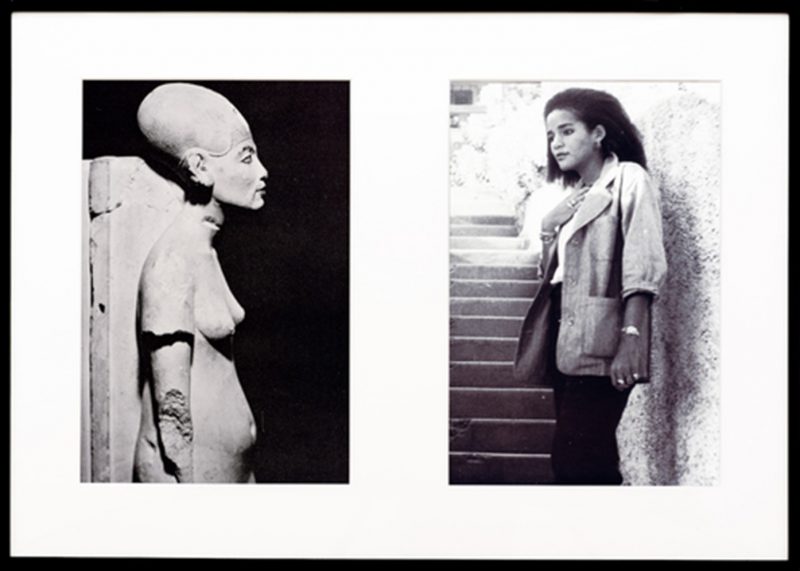
“New York: 1962-1964”
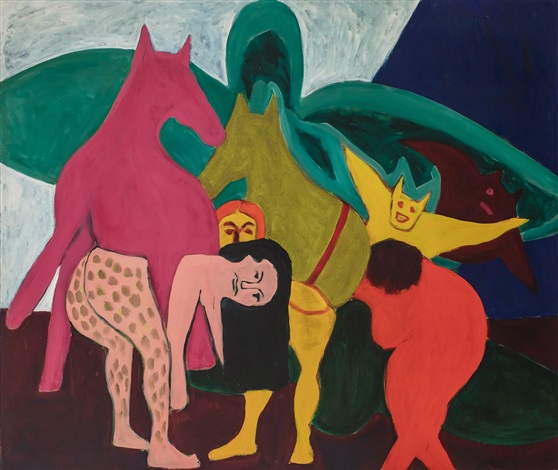
“New York: 1962-1964 explores a pivotal three-year period in the history of art and culture in New York City, examining how artists living and working in New York responded to their rapidly changing world, through more than 180 works of art—all made or seen in New York between 1962-1964.”
Having a Ball on Tiemann Place (the Tom DeMott Way)
Pallie Greene – the kid from our hood who dunked at our block party (above) – began playing ball late just like my late brother Tom, who didn’t get into the game until Jr. High school. Might be a life-changer for Pallie though. It sure made a difference to Tom. When I think about how he came to make his life on Tiemann Place (as he worked at the 125th St. Post Office), aesthetics and politics of b-ball – along with people’s soul musics – are keys to his story. Tom was out there with Pallie – a spirit, not a ghost! – as our hood re-upped on the tradition he invented (with the West Harlem Coalition). The 34th Annual Anti-Gentrification Street Fair jumped off on a proud Saturday in September.
For Uncle Claude: Clarksdale to the World
My mother’s maiden name was Claudette Winfield. Her twin brother was named Claude Winfield. She left home for college to attend Jackson State University and met a young man named Claude McInnis who was named after his uncle Claude Brown. That’s a whole lotta damn Claudes, which is why my Pops never intended for me to be a junior. My mother’s twin was her best friend until the day she died. As siblings, they argued and disagreed often. As siblings, no one else could say anything bad about the other one. So, when I learned Wednesday that my mother’s twin, my Uncle Claude, had passed, I realized that is the end of the Claudes. But, more importantly, that is the end of one of the most important people in my life.
Cities by the Sea
William Kornblum’s Marseille: Port to Port is (per Howard Becker) “a new kind of travel book.” What follows are (slightly adapted) excerpts from Kornblum’s testament to sociological imagination and soulful uses of ethnographic method…
Mama Prestinary R.I.P.
My late brother Tom’s second mother (in law) died on Monday in D.R. Teresa Prestinary, of Monte Cristi and New York City, made 105. She had five children of her own but she raised plenty more on both islands. Per her grandson Jamie who told me that on vacays in D.R. he ran into hombre after hombre who thought of her as his own matriarch. I lived up the block from Mama Pres (when she was in New York rather than D.R.) and was often underfoot in her apartment or at my brother’s and sister (in law) Maria’s place across the street. In all that time I never heard Mama Pres say a cross word to anyone ever. The last of 20 children she seems to have been treated as a late gift from God by her family in D.R. So she grew up to grace everyone she met. She had a special connection with my wife (who is the first of 20 children). I can see them now shucking corn on my parents’ porch in the Berkshires, taking the breeze, and laughing together. Maybe they were talking about the odd DeMott fam they’d somehow got mixed up with. Or maybe they were recalling rites they’d performed to ward off witchcraft by Santerian drug-dealers who’d made my wife’s life hell when she opened a $10 clothing store on 140th and Bway back in the ’00s. (The two of them had tested my two year old son’s pee to see if it had prophylactic powers after my wife found chicken blood spattered on her store’s door.)
